Chapter 11: Motivation in Learning and Teaching
Multiple Choice
1) The behavior of which one of the following students best describes the fifth motivation question, which pertains to what the individual is thinking and feeling during an activity?
- A) Anxious Amee, whose worry and anxiety may lead her to make poor choices and procrastinate
- B) Defensive Daleesha who makes poor choices, avoids working on task, procrastinates, and gives up easily
- C) Hopeless Gerardo, who is falling farther behind in his work but causes no management problems
- D) Satisfied Spencer, who is prompt in getting started, The behavior of which one of the following students described in Woolfolk’s engaged, persistent, and enjoys the task
Answer: A
Explanation: A) The scenario about Anxious Amy reflects only the fifth motivation question (Graham & Weiner, 1996) of what the individual is thinking and feeling during an activity. She is a good student in most subjects but freezes on science tests, and her worry and anxiety may lead her to make poor choices that will only make her more anxious. The scenarios of the three other students demonstrate one of the other four questions about motivation or a combination of several questions.
Page Ref: 399
Skill: Understanding
2) On Sunday afternoon, Rick spent a couple of hours picking up discarded bottles and cans from a picturesque section of the wildlife refuge, even though he knew he would not get paid anything for his efforts. Rick’s motivation is best described as being
- A) attributed.
- B) deferred.
- C) extrinsic.
- D) intrinsic.
Answer: D
Explanation: D) Rick’s motivation can best be described as intrinsic. He is picking up the bottles because doing so gives him an inner sense of satisfaction and not because it provides extrinsic rewards (e.g., the money).
Page Ref: 379
Skill: Understanding
P: .94
D: .14
3) Being interested in a task because the activity is enjoyable is what type of motivation?
- A) Extrinsic
- B) Intrinsic
- C) State
- D) Trait
Answer: B
Explanation: B) Intrinsic motivation occurs when we enjoy a task for the pleasure it brings, without the need for any special incentives (extrinsic reinforcements). State motivation is situational motivation. Trait motivation is relatively stable.
Page Ref: 379
Skill: Knowledge P: .94 / D: .09
4) Ms. Riley tells the class, “If we have a good lesson on fractions, I will credit each of you with a bonus point.” She is trying to stimulate what type of motivation?
- A) Extrinsic
- B) Intrinsic
- C) Stable
- D) Trait
Answer: A
Explanation: A) Ms. Riley is trying to stimulate extrinsic motivation by offering a special reward as an incentive for having a good lesson. Extrinsic reinforcement is based on external rewards; intrinsic is enjoying the activity without rewards.
Page Ref: 379
Skill: Understanding
P: .96
D: .06
5) Externally imposed reward systems seem particularly appropriate for students who are
- A) interested in the subject.
- B) intrinsically motivated.
- C) not interested in the subject.
- D) self-
Answer: C
Explanation: C) Individuals who are NOT interested in the subject being taught lack intrinsic motivation. These students are likely to benefit from external or extrinsic motivation.
Page Ref: 379-380
Skill: Understanding
P: .91
D: .23
6) A student’s reason for acting is called
- A) extrinsic motivation.
- B) intrinsic motivation.
- C) locus of causality.
- D) self-
Answer: C
Explanation: C) According to the behavioral view of motivation, students are motivated by incentives. These incentives are frequently extrinsic reinforcers such as good grades, praise, and rewards.
Page Ref: 379
Skill: Knowledge
7) In most humanistic theories, motivation is based on
- A) extrinsic rewards.
- B) intrinsic needs.
- C) material wealth.
- D) social status.
Answer: B
Explanation: B) As illustrated by Maslow’s hierarchy, humanistic interpretations of motivation stress the role of intrinsic needs such as self-esteem and self-actualization. This perspective developed, in part, as a reaction against the behavioristic emphasis on reinforcement and extrinsic motivators. Page Ref: 381 Skill: Knowledge
P: .84
D: .32
8) The concept of self-determination is an important influence in what view of motivation?
- A) Behavioral
- B) Cognitive
- C) Humanistic
- D) Social learning
Answer: C
Explanation: C) The concept of self-determination is an important influence in the humanistic view of motivation. Emphasis is placed on people’s inborn need to fulfill their potential.
Page Ref: 381
Skill: Knowledge
9) According to behavioral theory of motivation, students are motivated primarily by a(n)
- A) desire for gaining fulfillment for their accomplishments.
- B) desire to gain reinforcers for their behavior.
- C) inherent need to understand what they are learning.
- D) need for social recognition and status.
Answer: B
Explanation: B) According to behavioral theory, the primary motivation for students is a desire to gain reinforcers for their behavior.
Page Ref: 380
Skill: Knowledge
P: .66
D: .49
10) Doug’s family is very poor, so he often goes to school with no breakfast and a very small lunch packet. According to Maslow, Doug is failing his classes because what type of needs are not being met?
- A) Aesthetic needs
- B) Deficiency needs
- C) Growth needs
- D) Self-actualization needs
Answer: B
Explanation: B) The scenario with Doug illustrates Maslow’s deficiency needs. He is so poor that his focus is first on his hunger (deficiency need), and he has little or no motivation for learning because he is so hungry.
Page Ref: 382
Skill: Understanding
P: .72
D: .48


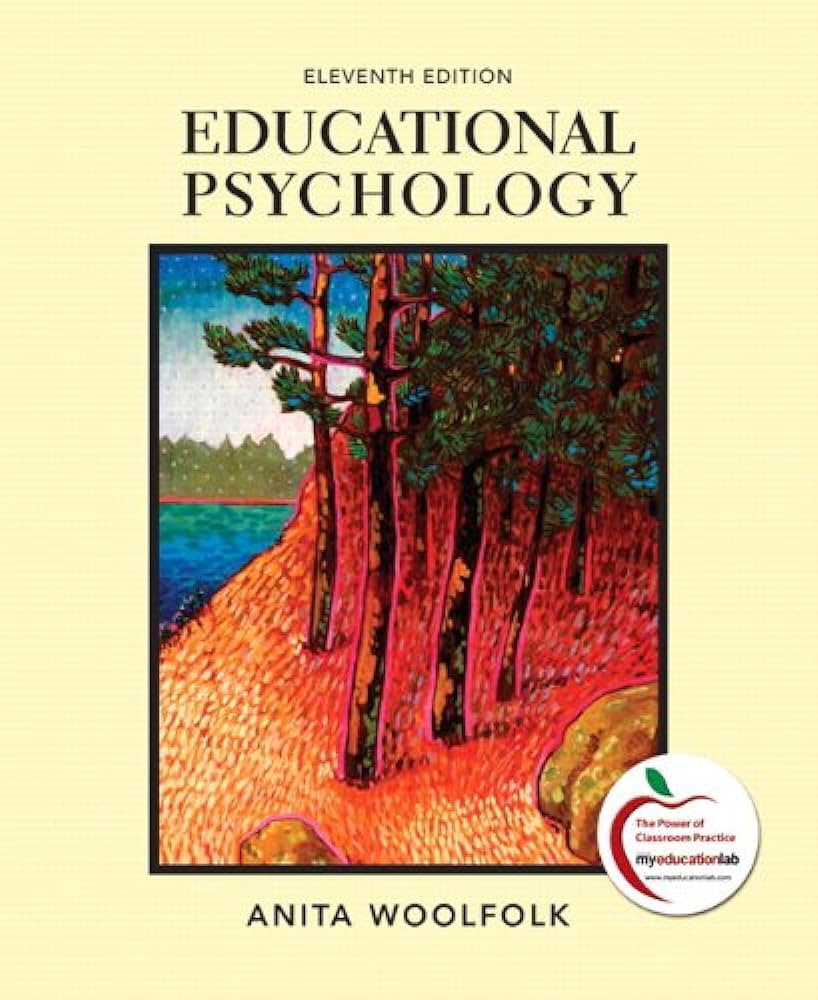
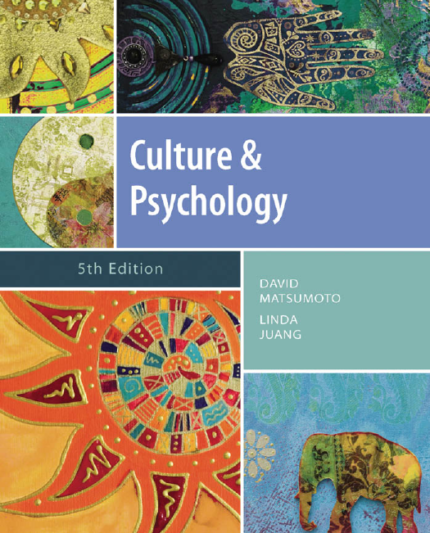


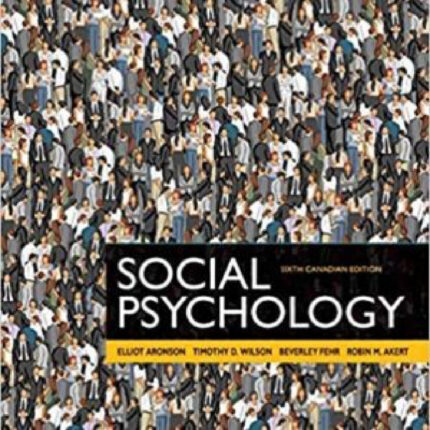

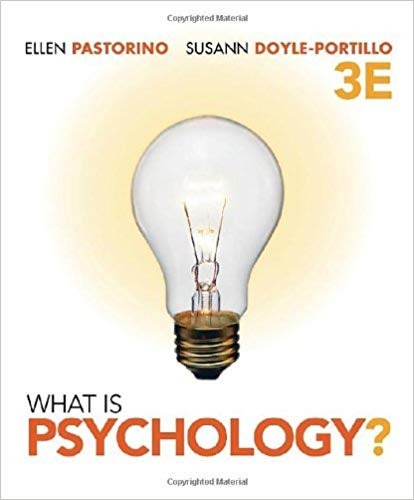
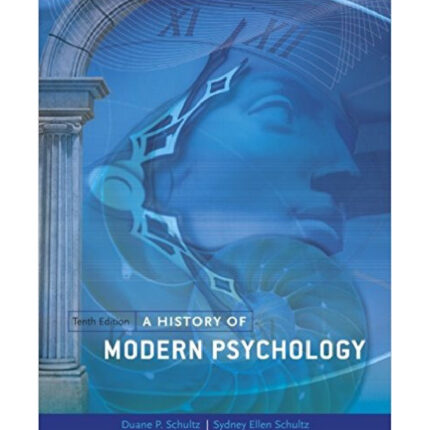



Reviews
There are no reviews yet.